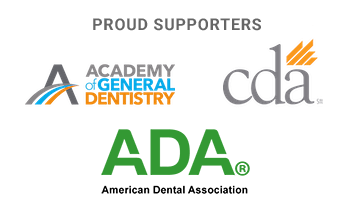Marketing for Dental Practices in the United States
How many dentists are there in the United States?
There are 202,536 active dentists in the United States, serving 92,021 practices with a saturation of 3,611 for a population of 332,325,919.
These pages focus on specific demographic and marketing issues related to dental practices in different states, counties, and cities across America.

What is a Good Number of General Dentists per Residents in a State?
General Guidelines
The ratio of dentists to residents can vary depending on several factors, such as the specific needs of the population, the geographic layout of the area, and the types of services that dentists provide. However, some benchmarks can offer a general idea of what might be considered “adequate” coverage.
Health Professional Shortage Areas (HPSAs)
The U.S. Department of Health and Human Services (HHS) often designates Dental Health Professional Shortage Areas (HPSAs) based on the ratio of dentists to population. One common benchmark is that a region with fewer than one dentist for every 5,000 people may be considered a Dental HPSA.
Ratio Guidelines by Area
- Urban Areas: In densely populated cities, the ratio might be as high as one dentist for every 1,500 to 2,000 people.
- Rural Areas: In less populated areas, the ratio could be much lower, perhaps one dentist for every 3,000 to 5,000 people or more.
- Average: Nationwide in the U.S., the average ratio is roughly one dentist for every 2,500 people, although this can vary widely by state and even by county within each state.
Other Considerations
It’s important to note that a “good” number of dentists also depends on the range and quality of services provided, how many hours those dentists work, and whether they accept insurance or offer affordable care options.

State of Dental Care in the United States
Challenges
- Access to Care: Access to dental care varies widely across states and communities, with rural areas often underserved.
- Cost: Dental care can be expensive, and many Americans lack dental insurance or sufficient coverage for necessary procedures.
- Oral Health Disparities: There are significant disparities in oral health outcomes among different racial, ethnic, and socioeconomic groups.
- Children’s Dental Health: Dental caries (cavities) are one of the most common chronic conditions among children in the U.S.
- Workforce: There is a general shortage of dental professionals, particularly in rural and low-income areas, which exacerbates the issue of access.
Opportunities
- Tele-dentistry: Telehealth services can provide consultations and follow-up care to remote or underserved areas.
- Community Health Centers: Expanding dental services in federally qualified health centers can improve access to care.
- Public Awareness: National campaigns focusing on the importance of oral hygiene can lead to improved dental health.
- Policy Changes: Legislation aimed at expanding Medicaid and Medicare coverage for dental care can make treatments more affordable.
- Collaboration: Partnerships between dental schools, public health agencies, and community organizations can lead to more comprehensive dental care solutions.
Dental Practice Marketing & Statistics Overview by State



